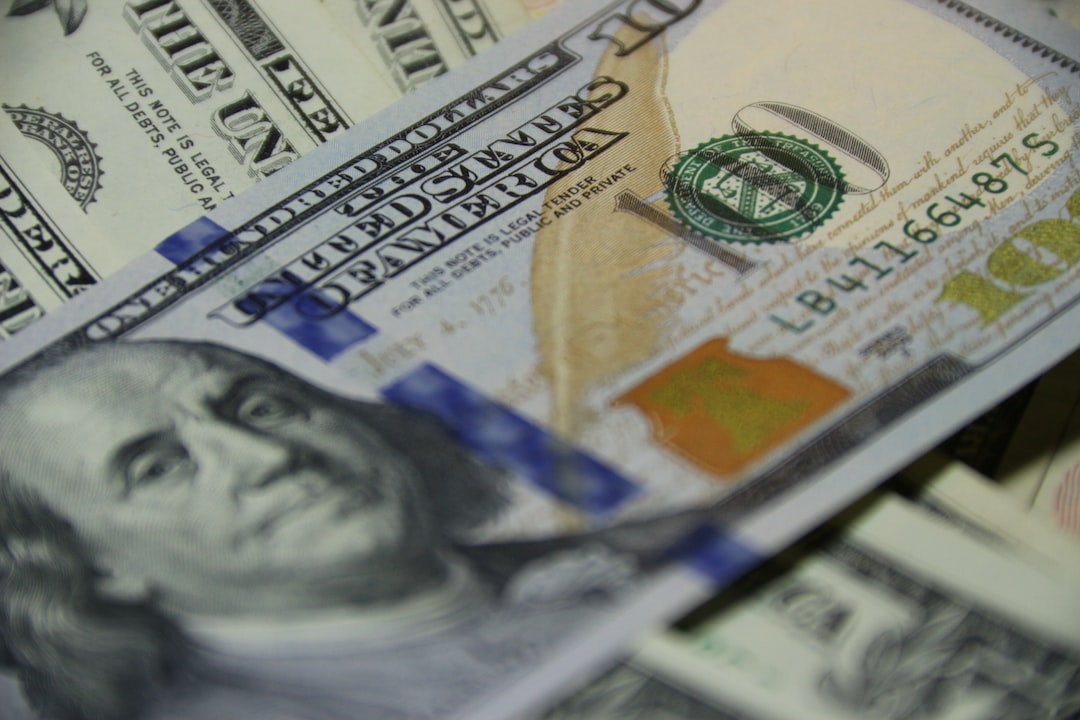Forex, or foreign exchange, is a decentralized market where currencies are traded. It is a highly liquid market, with trillions of dollars being traded daily. Forex transactions are conducted by banks, financial institutions, corporations, and individual traders. Monitoring forex bank transactions is crucial for mitigating risks and ensuring compliance with regulatory requirements. In this article, we will explain how to monitor forex bank transactions.
Why monitor forex bank transactions?
Forex bank transactions involve the exchange of currencies between banks, financial institutions, and other market participants. These transactions can be for various purposes, such as trade, investment, or hedging. Monitoring forex bank transactions is crucial for several reasons:
1. Risk management: Forex transactions involve various risks, such as currency fluctuations, counterparty risk, and operational risk. By monitoring forex bank transactions, banks can identify and mitigate these risks.
2. Compliance: Banks are subject to various regulatory requirements, such as anti-money laundering (AML) and know-your-customer (KYC) regulations. Monitoring forex bank transactions helps banks ensure compliance with these regulations.
3. Fraud prevention: Forex transactions can be used for fraudulent activities, such as money laundering and terrorism financing. Monitoring forex bank transactions helps banks detect and prevent such activities.
How to monitor forex bank transactions?
Monitoring forex bank transactions involves several steps, which are discussed below:
1. Data collection: The first step in monitoring forex bank transactions is to collect data from various sources. This includes transaction data from the bank’s own systems, as well as data from external sources, such as market data providers and regulatory bodies.
2. Data analysis: Once the data is collected, it needs to be analyzed to identify any anomalies or suspicious activities. This involves using various analytical tools, such as statistical analysis, data visualization, and machine learning algorithms.
3. Risk assessment: Based on the data analysis, banks need to assess the risks associated with each transaction. This involves evaluating various factors, such as the nature of the transaction, the counterparties involved, and the countries where the transactions are taking place.
4. Alert generation: If any suspicious activities are identified, banks need to generate alerts to notify the relevant stakeholders. This involves setting up thresholds and rules for triggering alerts, as well as defining the escalation procedures.
5. Investigation and reporting: Once an alert is generated, banks need to investigate the transaction and determine whether it is a false positive or a genuine risk. If it is a genuine risk, banks need to report it to the relevant authorities and take appropriate actions, such as freezing the transaction or terminating the relationship with the counterparty.
Tools for monitoring forex bank transactions
Monitoring forex bank transactions involves using various tools and technologies, such as:
1. Transaction monitoring systems: These are software applications that monitor transactions in real-time and detect any suspicious activities. Transaction monitoring systems use various techniques, such as rule-based systems, anomaly detection, and machine learning algorithms.
2. Data analytics tools: These are tools that help banks analyze large volumes of data and identify patterns and trends. Data analytics tools include statistical analysis tools, data visualization tools, and machine learning platforms.
3. Regulatory reporting tools: These are tools that help banks comply with regulatory reporting requirements. Regulatory reporting tools include AML software, KYC software, and transaction reporting systems.
Conclusion
Monitoring forex bank transactions is crucial for mitigating risks, ensuring compliance, and preventing fraudulent activities. Banks need to collect and analyze transaction data, assess risks, generate alerts, investigate suspicious activities, and report any genuine risks to the relevant authorities. Banks also need to use various tools and technologies, such as transaction monitoring systems, data analytics tools, and regulatory reporting tools, to effectively monitor forex bank transactions. By following these best practices, banks can ensure the integrity of their forex transactions and maintain the trust of their customers and regulators.






